The Baroque artists followed the famous artists of the Renaissance and Mannerist artists. This style started in the early 17th century in Rome and lasted until approximately the 1740s, even though it continued much longer in some areas in southern Europe.
The artists in this period had the main motive to achieve a sense of awe, for which they used exuberant details and incredible grandeur. Let’s take a closer look at some of the most famous Baroque artists.
1. Peter Paul Rubens
Peter Paul Rubens (1577-1640) is considered to be the most renowned artist of Flemish Baroque. He created a unique Baroque style and worked on numerous masterpieces including altarpieces, portraits, landscapes, and history paintings which included religious and mythological subjects.
Rubens ran a large workshop in Antwerp in modern-day Belgium and is one of the most prolific artists of his time. His workshop produced 1,403 pieces of art that were bought by numerous members of the nobility and rich art collectors all across Europe.
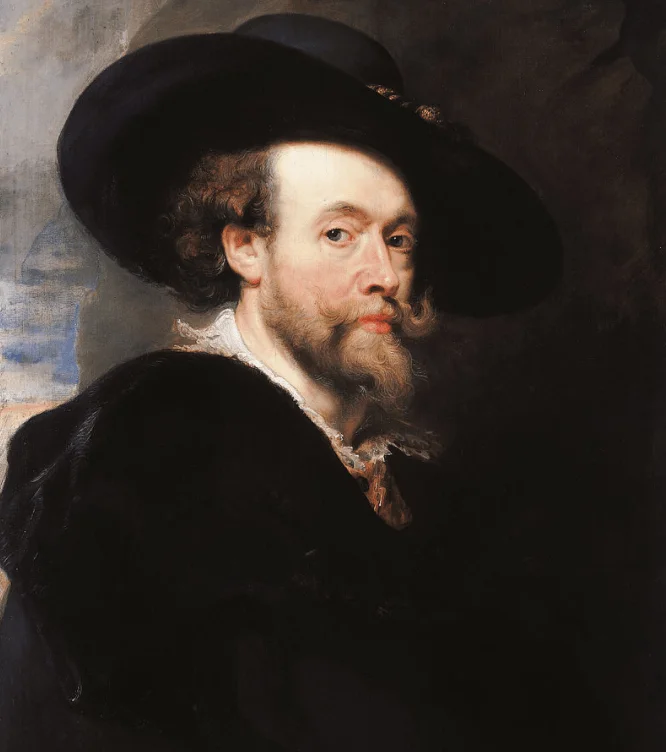
2. Johannes Vermeer
Johannes Vermeer (1632-1675) was a Dutch Baroque painter who is considered to be one of the most talented painters of the Dutch Golden Age. His specialty was domestic scenes portraying women doing household chores or portraits such as “Girl With a Pearl Earring“. He painted just a few outdoor works of which just 2 survive, including “View of Delft,” depicting his hometown.
Even though he’s considered to be an absolute master of his time, he only achieved moderate success during his lifetime. This resulted in Vermeer being in debt when he passed away. He never left the Netherlands himself, yet his paintings can be admired in various museums all around the world today!
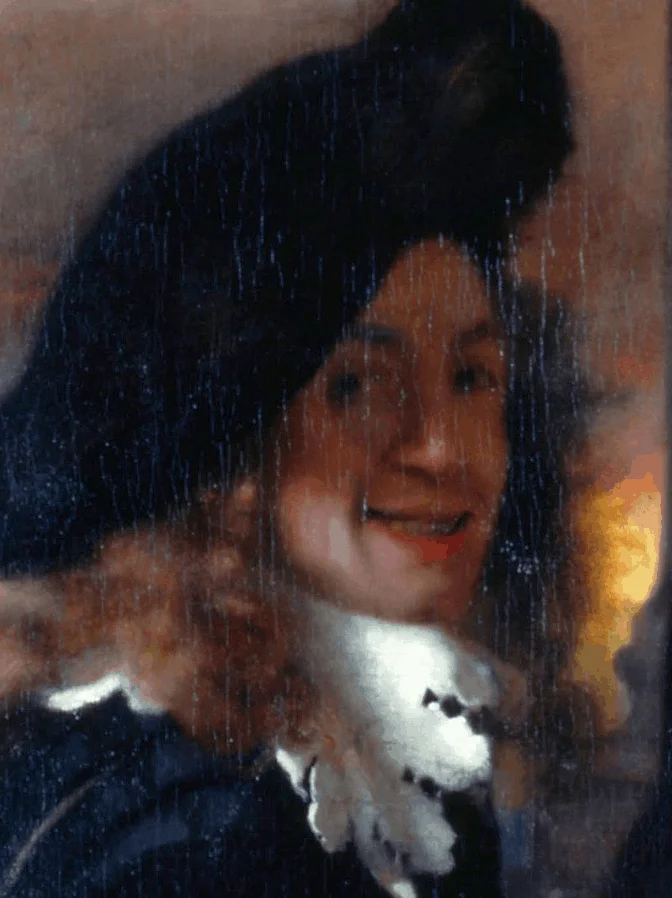
3. Caravaggio
Caravaggio (1571-1610) was an Italian Baroque painter who was active in Rome during most of his career. His paintings are considered to be some of the most influential works of art of the Baroque period, depicting realistic scenes of both the physical and emotional human state.
His most remarkable talent was to use light to increase the dramatic effect of the scenes he depicted. This has been referred to as either “chiaroscuro” or “tenebrism,” which refers to dramatic illumination. Apart from being one of the most famous Baroque Artists, he also had a temper and killed a man, resulting in a death sentence. He spent the last few years of his life virtually on the run and died in suspicious circumstances in 1610.

4. Gian Lorenzo Bernini
Gian Lorenzo Bernini (1598-1680) was another Italian Baroque artist, most famously known as a sculptor and architect. He is considered to be the most renowned sculptor of his time and has been credited by multiple art historians as being the “creator of Baroque sculpture.”
He was a polymath as well as he was also a moderately successful painter, mainly focusing on smaller works using oil. While he has created numerous world-famous sculptures, he’s also the architect of St. Peter’s Square, one of the most famous squares in the world in front of one of the most magnificent churches in the world, the St. Peter’s Basilica in Rome.

5. Rembrandt
Rembrandt Harmenszoon van Rijn (1606-1669), better known as simply “Rembrandt,” is considered to be one of the ultimate masters of the Baroque period in 3 areas: drawing, printing, and painting. Because of this, he’s credited with being one of the most renowned visual artists in the history of art.
Just like Vermeer, Rembrandt never left his country, even though he was influenced by Italian painters and Flemish artists such as Peter Paul Rubens. Even though he is considered to be one of the most famous artists of all time who left an amazing collection of masterpieces, his life was troubled and plagued with hardship and financial problems.
Famous French sculptor Auguste Rodin once said:
Compare me with Rembrandt! What sacrilege! With Rembrandt, the colossus of Art! We should prostrate ourselves before Rembrandt and never compare anyone with him!
Rodin referring to Rembrandt.
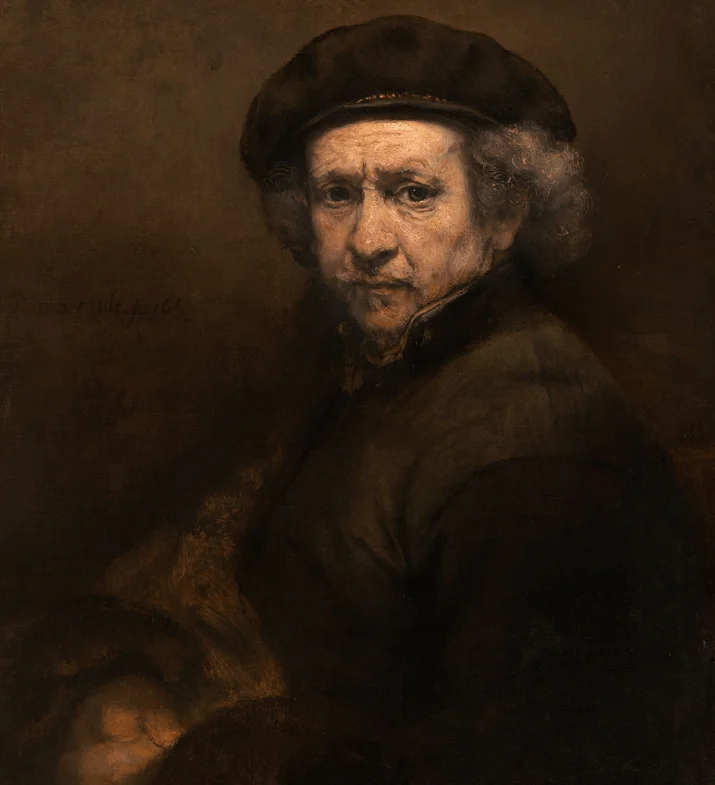
6. Diego Velázquez
Diego Velázquez (1599-1660) was a Spanish Baroque painter who mostly painted works for the royal family of Spain at the court of King Philip IV. Similar to Caravaggio, he used lighting in such a way to increase the dramatic effect of his paintings, perfecting the magnificent precise tenebrist style.
His ultimate masterpiece is called “Las Meninas” (1656) and was saved (even though damaged) from the Royal Palace of Madrid when a huge fire destroyed many parts of it in 1734.
It was thrown out of the window of one of the rooms of the palace for safety and is now located in the “Museo del Prado” in Madrid. Velázquez eventually became the inspiration for numerous other artists, including Pablo Picasso and Salvador Dalí!
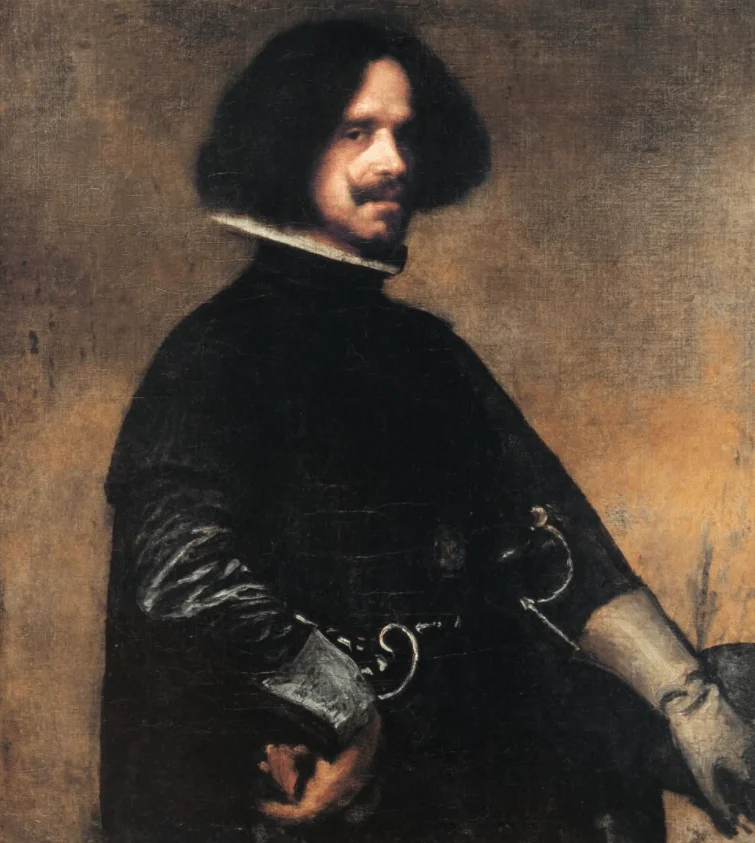
7. Annibale Carracci
Annibale Carracci (1560-1609) was a contemporary of Caravaggio but the styles of the two artists couldn’t be any more different. Carracci’s paintings were influenced by both artists of the High Renaissance and Mannerist artists and developed an eclectic style that revolved around clean compositions and bright colors.
He was the founder of the Bolognese School together with his brother Agostino and cousin Ludovico and first lived and worked in his native Bologna. He moved to Rome and was extremely influential in the city. His works were admired by some of the greatest artists in history and defined Baroque art in the capital of Italy for multiple decades in the 17th century.
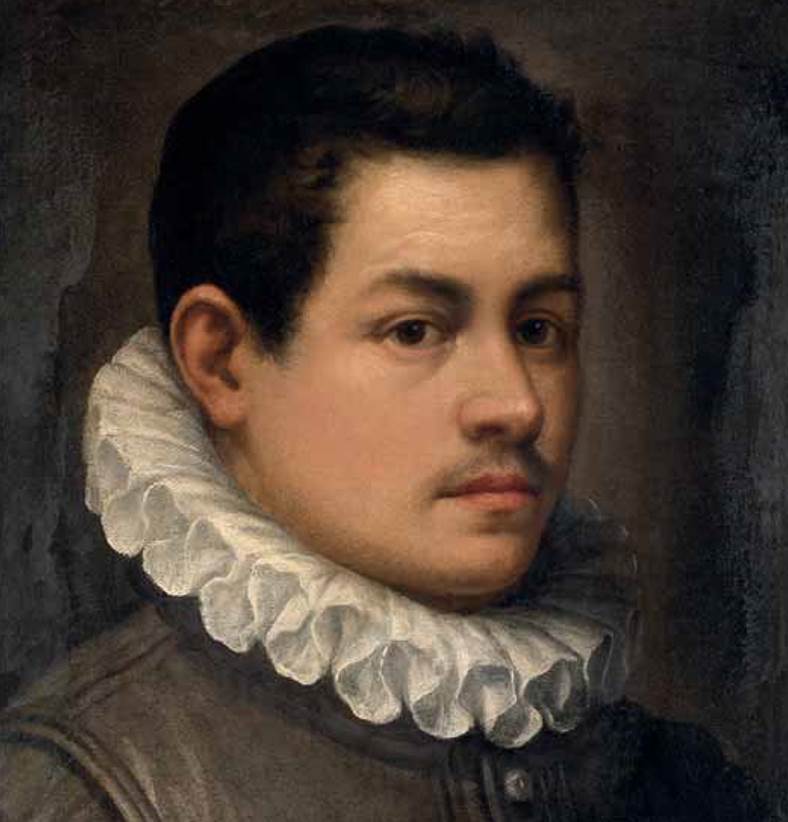
8. Nicolas Poussin
Nicolas Poussin (1594-1665) was the leading classical Baroque artist of his time. The French artist moved to Rome in 1624 and apart from a short period in the early 1640s, stayed in this city for the rest of his life. Here he earned prestigious commissions because his historical and mythological paintings were in very high demand.
He rejected the overly dramatic elements integrated by most Baroque artists and instead focused on works inspired by Renaissance artists. Clarity ad logical lines define his work, as well as his knowledge of historical subjects. Some of his paintings can seem to be overwhelming as they intertwine multiple stories in a single composition.



